| | My garden hasn’t had frost – either hard or light – for many years, but I still consider that there are two separate ranges of dates for sowing vegetable seeds of cool-season crops. The critical date is January 31, which is the average last frost date for my garden. I consider this to split our cool season into two pieces. Seeds sown prior to that date will develop during progressively cold weather and therefore probably bolt or go to seed as the weather begins warming in the spring. Seeds sown after that date will develop during progressively warm weather and continue to bear food until they bolt in the summer. So, I sow my cool-season seeds twice, during both timeslots. Seeds sown in August through November will be for harvesting through the winter. Seeds sown in February and March will be for harvesting through the spring. I can’t count on the August-through-November plants to bear through till spring, because they’ll bolt as soon as the spring warmth tells them to set their seed. So, my February-and-March sowing begins harvest when the first batch bolts. I count on more of a yield with the earlier planting since it has several months of harvest, and less of a yield with the spring sowing because the plants have a shorter time to develop and me to harvest before they bolt. So, for example, I sowed parsley last fall, and we’ve been eating it since then, cutting several times. These plants will bolt with spring’s warmth, so my parsley that I’ll sow in February and March will provide all the parsley we’ll need from then through early summer. Then, I’ll sow it again next fall. What Are Frost Temperatures and Damage? According to https://www.almanac.com/gardening/frostdates/, the classification of freeze temperatures is based on their effect on plants:
What Should I Plant When? According to https://www.almanac.com/gardening/planting-calendar/zipcode/ (put in your own zipcode), there are listings of many vegetables and the general date range to start seeds indoors, plant seedlings or transplants outdoors, or start seeds outdoors. Instead of the “N/A” entries, I recommend doing that activity at a date similar to the other entries. For example, sowing beets outdoors from mid-February to mid-March. Also, because we never really know what the weather will do, I recommend additional sowings later in the season (as April and May for those beets) for potentially more food! If those additional sowings don't develop after all, that's ok -- because if they do, then you've got lots more food for that simple "gamble"! Some Cool-Season Varieties I’ve Enjoyed
|
|
0 Comments
Leave a Reply. |
Categories |
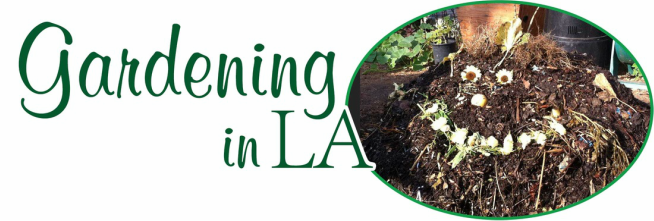
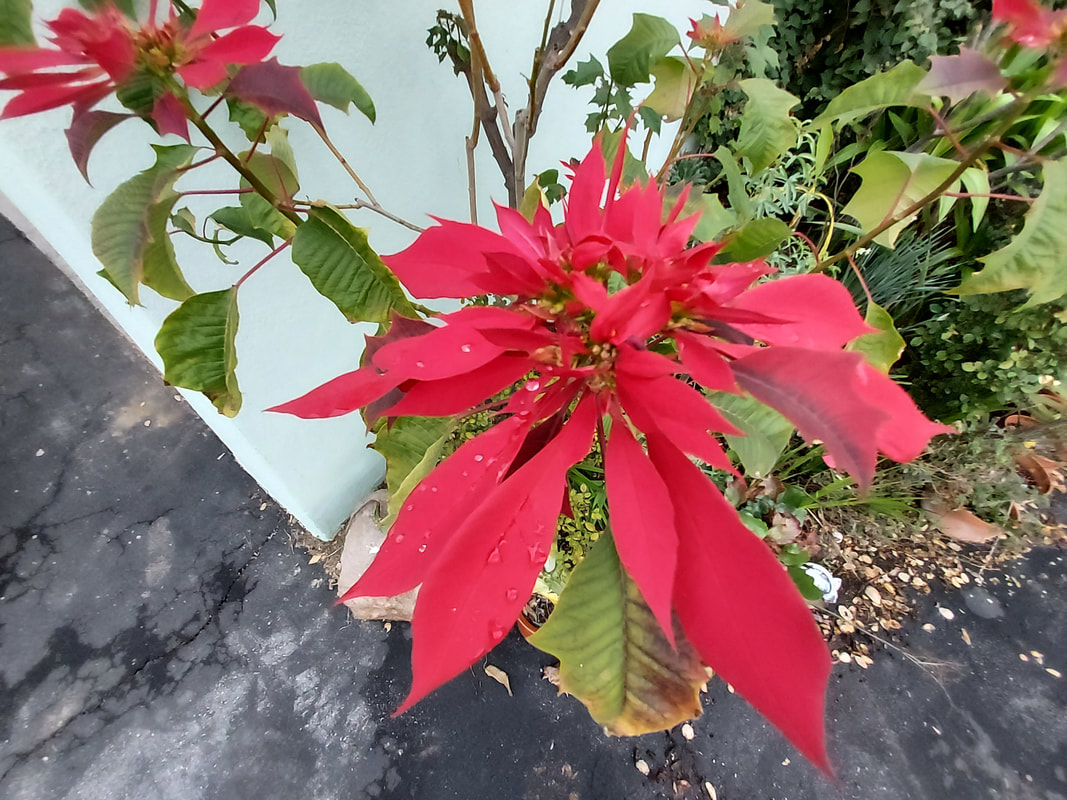
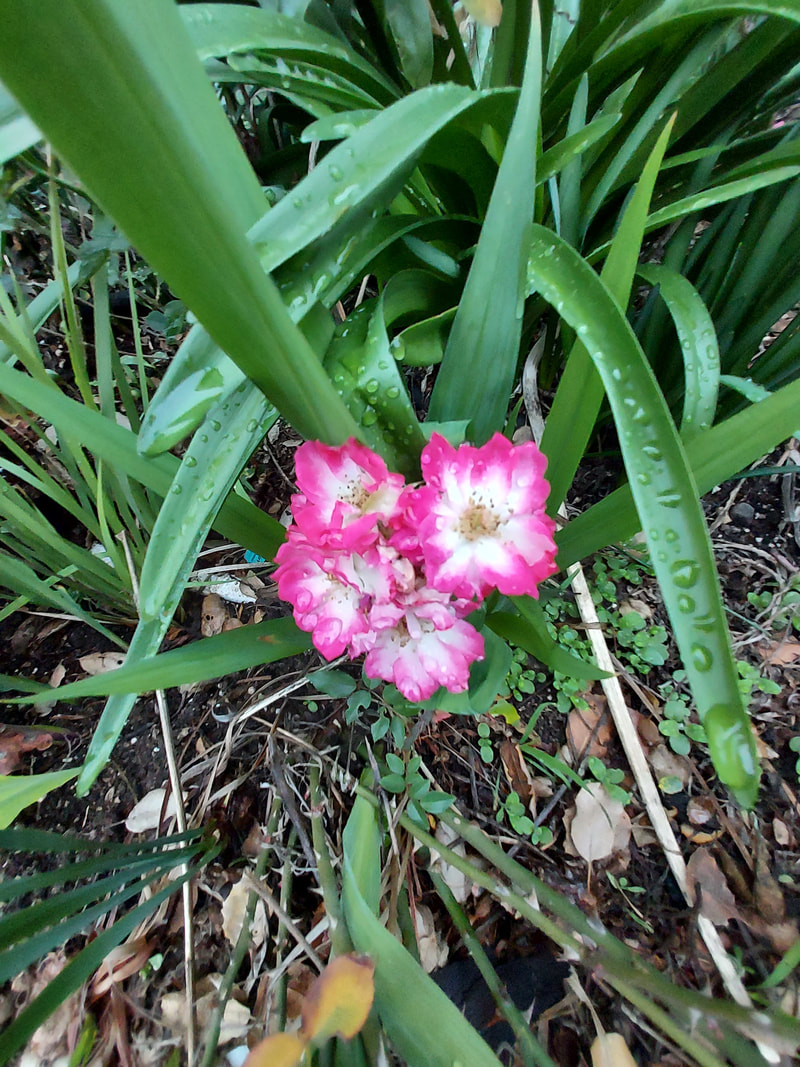
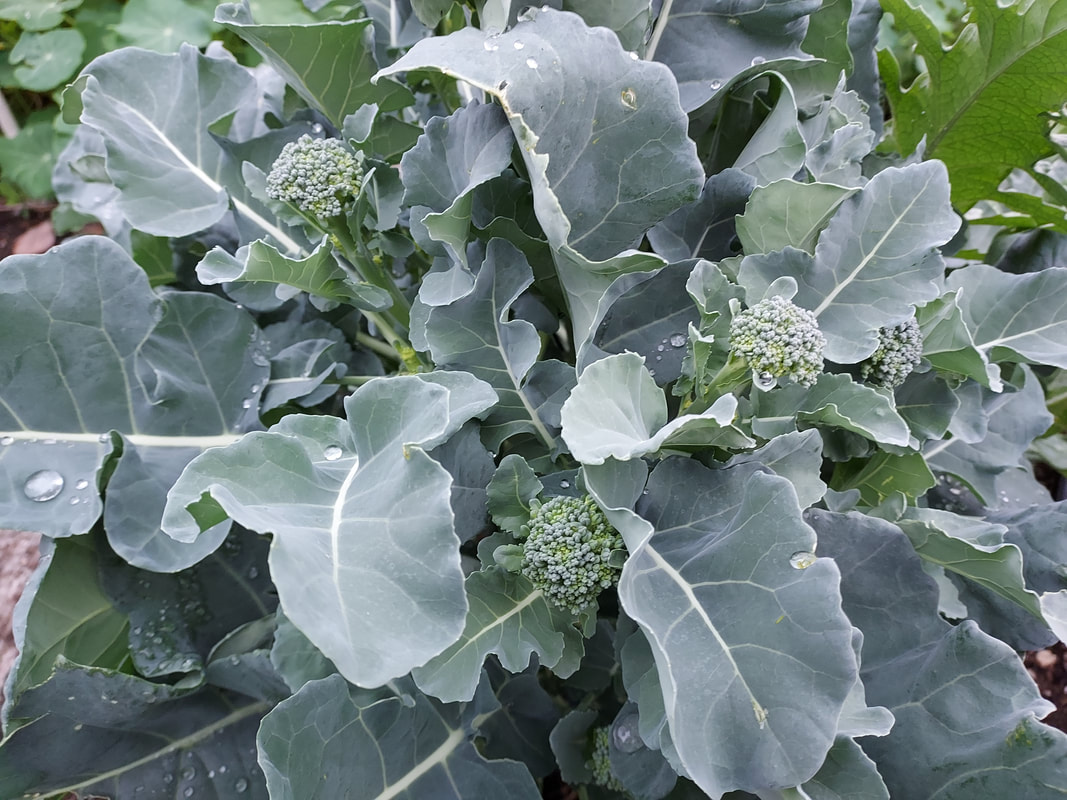
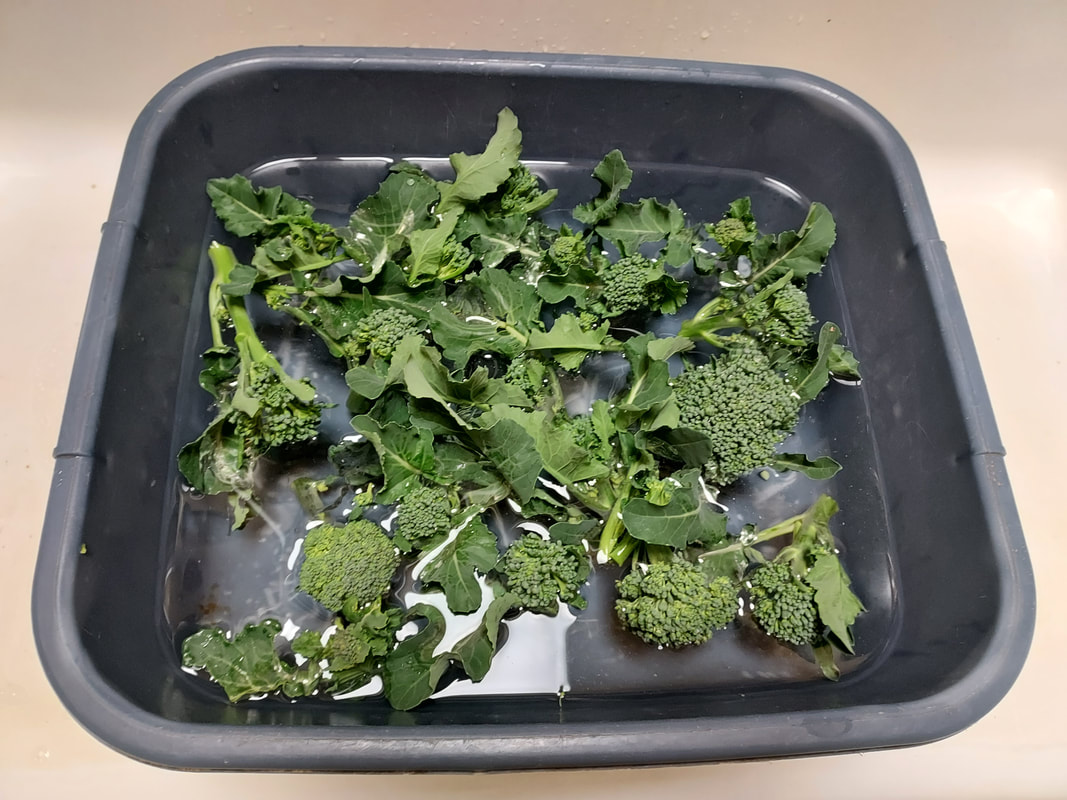
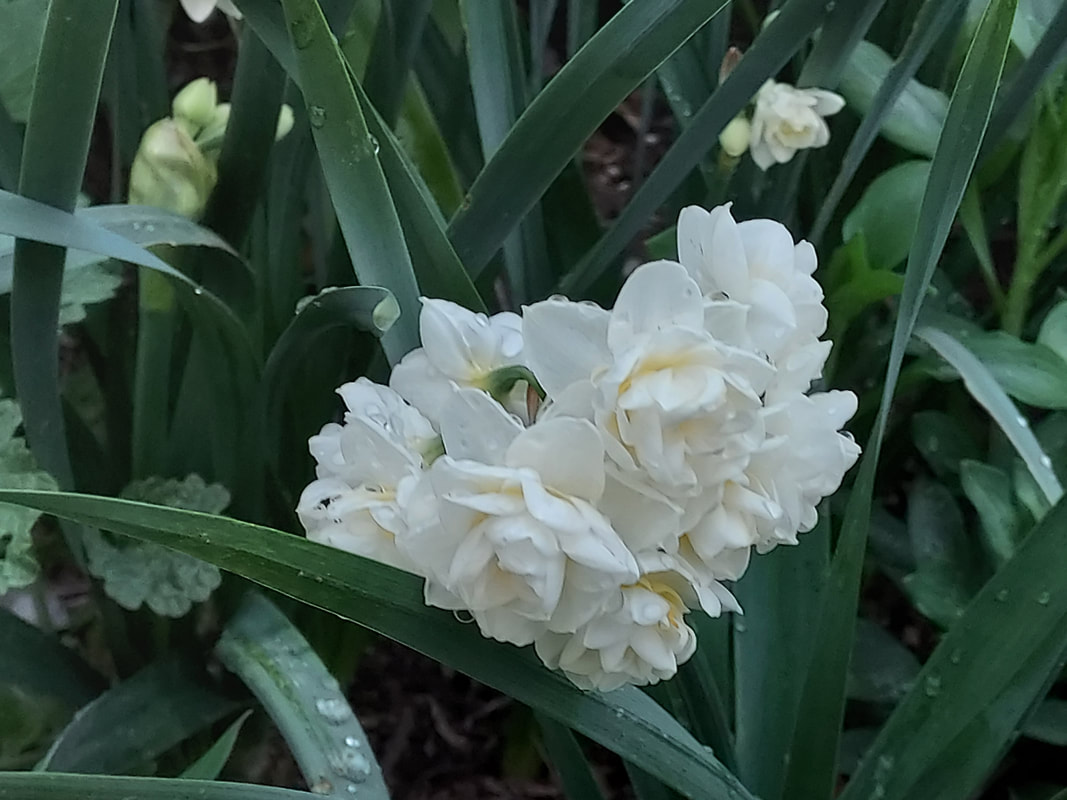
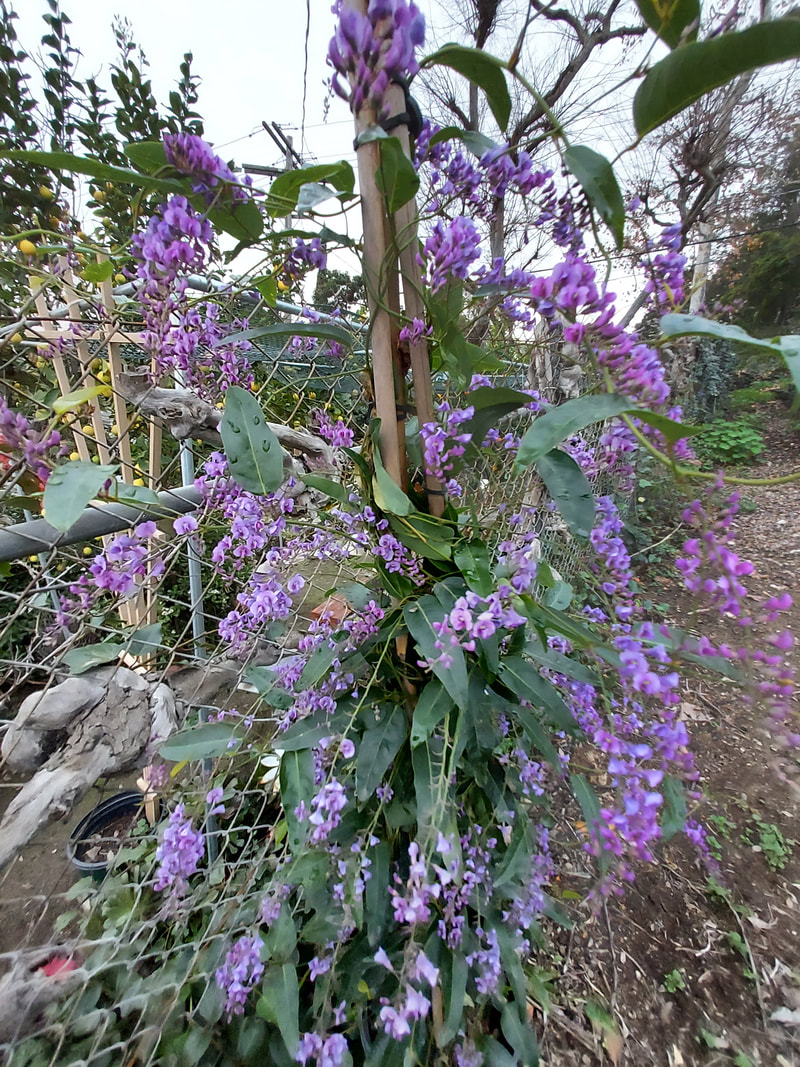
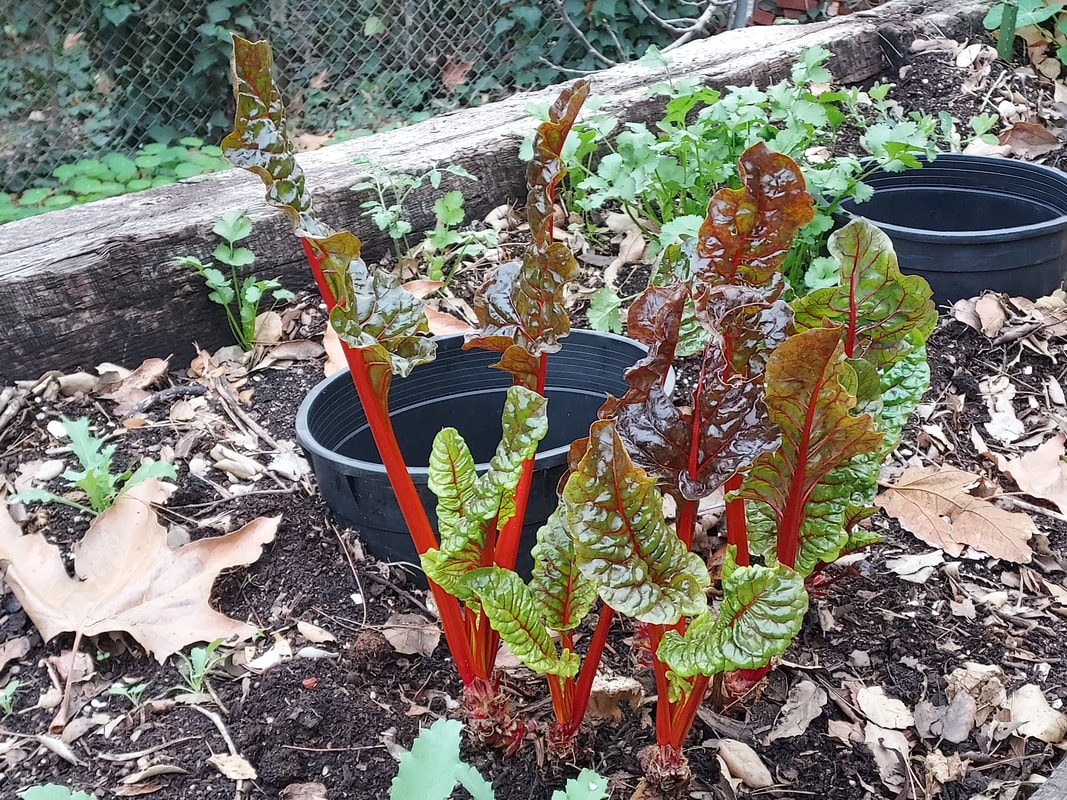
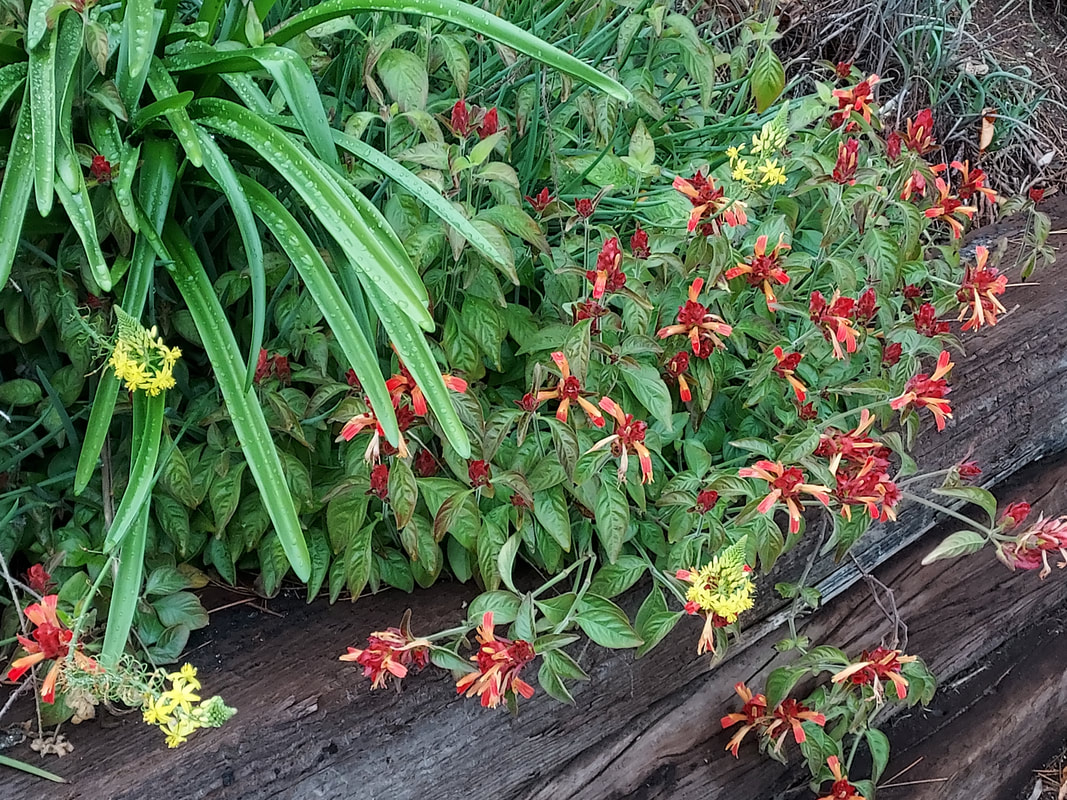
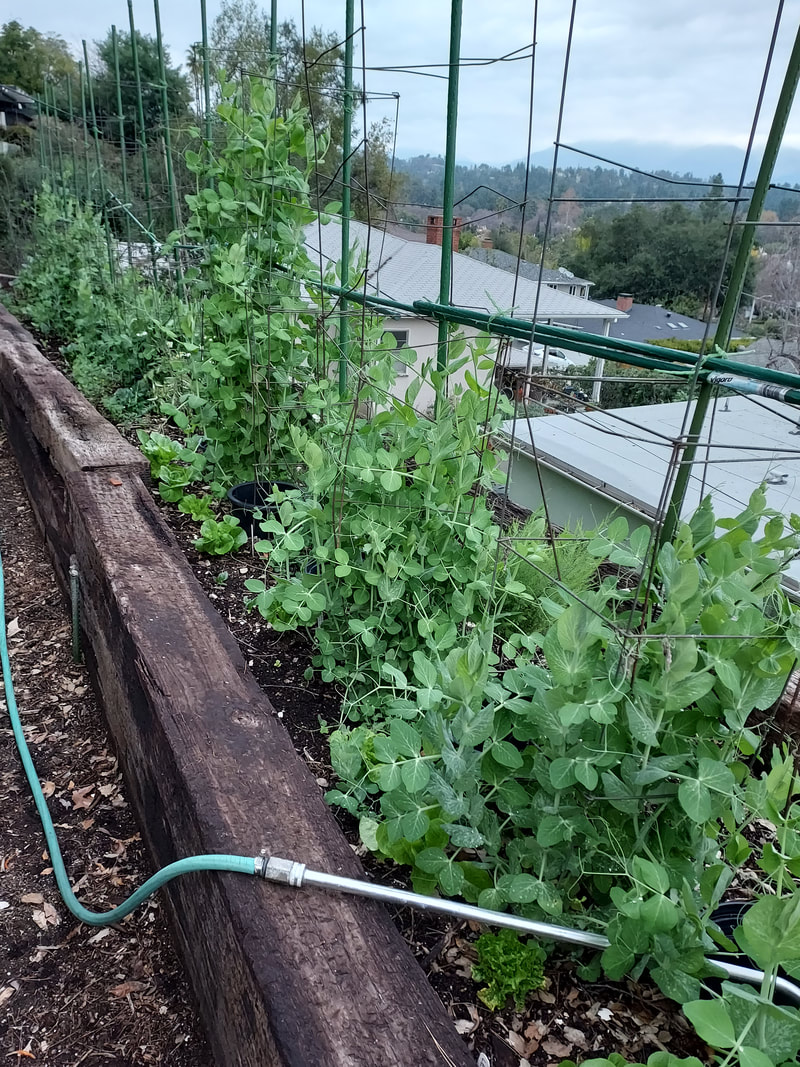
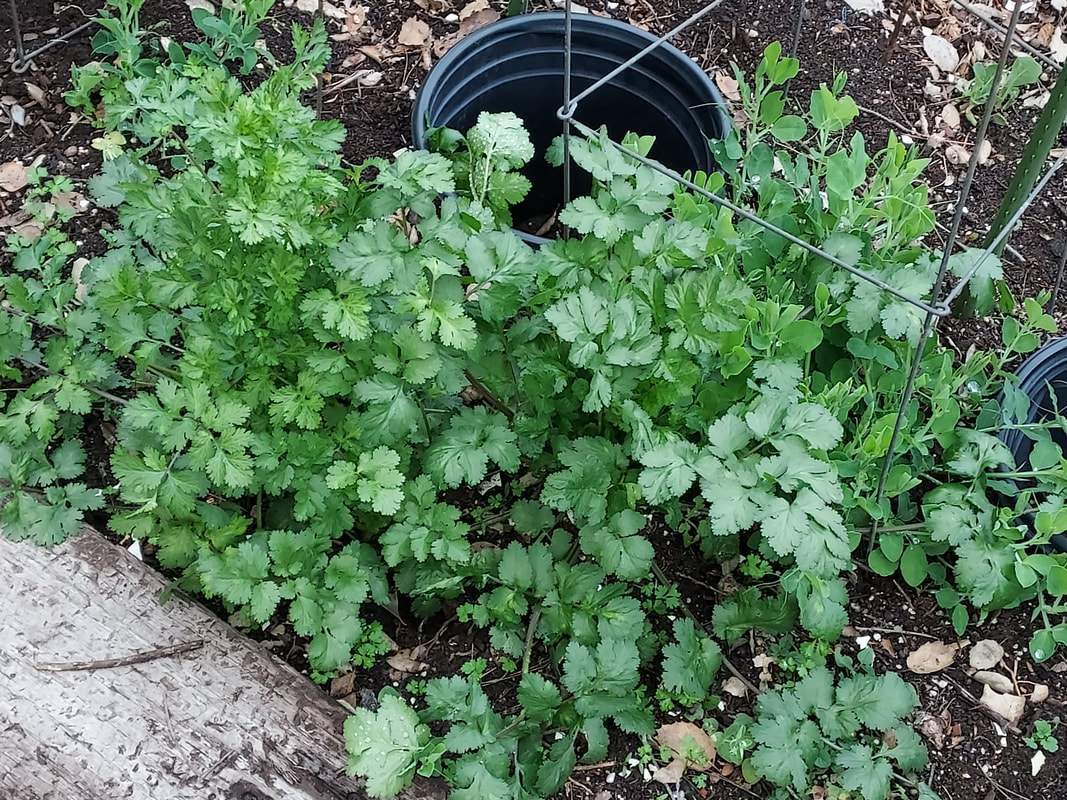
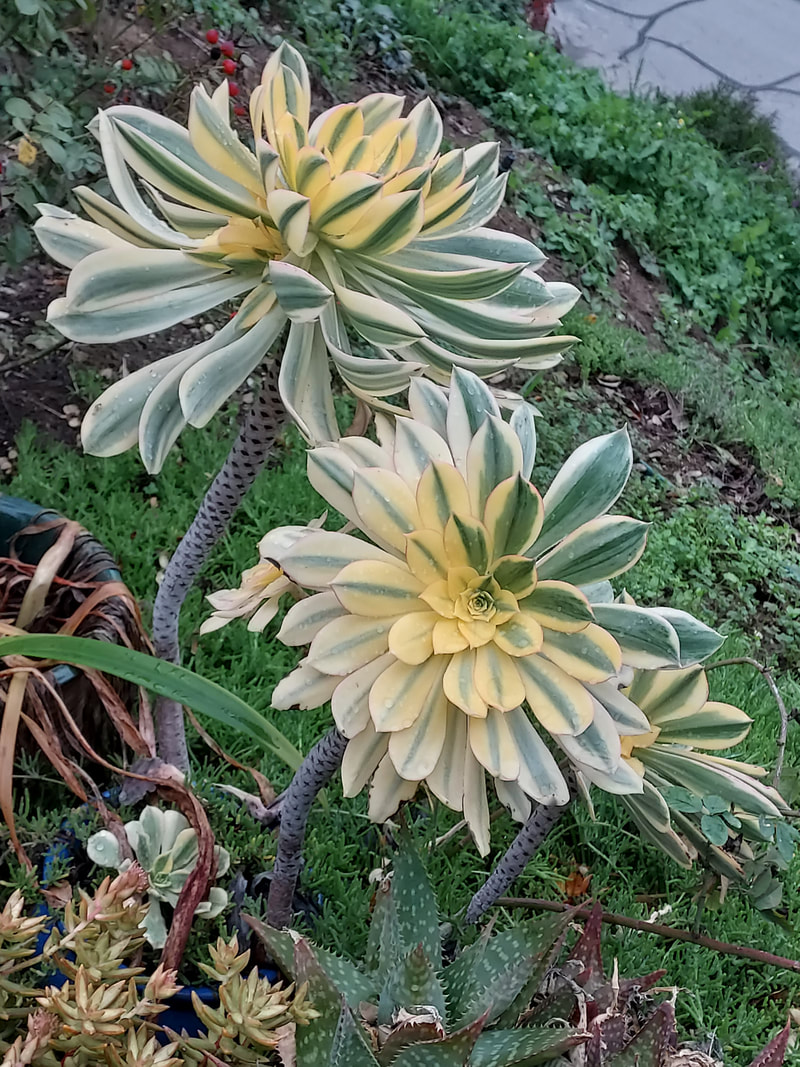
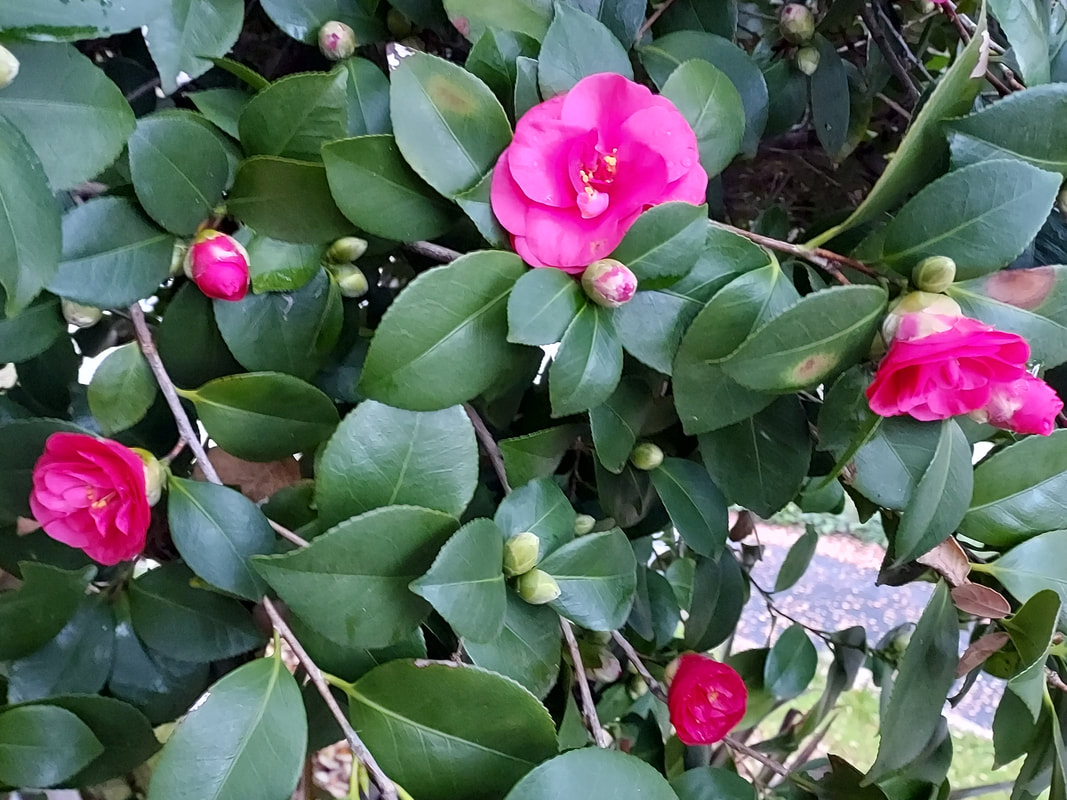
 RSS Feed
RSS Feed